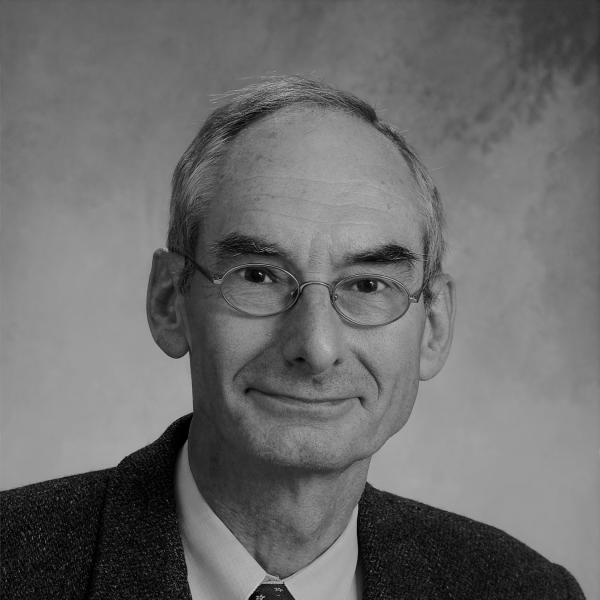Selection of therapeutically effective T-cell receptors from the diverse tumor-bearing repertoire.
Selection of therapeutically effective T-cell receptors from the diverse tumor-bearing repertoire. J Immunother Cancer. 2025 May 02; 13(5).
PMID: 40316304
CD4+ T cells with convergent TCR recombination reprogram stroma and halt tumor progression in adoptive therapy.
CD4+ T cells with convergent TCR recombination reprogram stroma and halt tumor progression in adoptive therapy. Sci Immunol. 2024 Sep 13; 9(99):eadp6529.
PMID: 39270007
One CD4+TCR and One CD8+TCR Targeting Autochthonous Neoantigens Are Essential and Sufficient for Tumor Eradication.
One CD4+TCR and One CD8+TCR Targeting Autochthonous Neoantigens Are Essential and Sufficient for Tumor Eradication. Clin Cancer Res. 2024 Apr 15; 30(8):1642-1654.
PMID: 38190111
The safety and efficacy of systemic delivery of a new liver-de-targeted TGFß signaling inhibiting adenovirus in an immunocompetent triple negative mouse mammary tumor model.
The safety and efficacy of systemic delivery of a new liver-de-targeted TGFß signaling inhibiting adenovirus in an immunocompetent triple negative mouse mammary tumor model. Cancer Gene Ther. 2024 Apr; 31(4):574-585.
PMID: 38267626
The Safety and Efficacy of Systemic Delivery of a New Liver-de-targeted TGFß Signaling Inhibiting Adenovirus in an Immunocompetent Triple Negative Mouse Mammary Tumor Model.
The Safety and Efficacy of Systemic Delivery of a New Liver-de-targeted TGFß Signaling Inhibiting Adenovirus in an Immunocompetent Triple Negative Mouse Mammary Tumor Model. Res Sq. 2023 Sep 14.
PMID: 37790556
Single CAR-T cell treatment controls disseminated ovarian cancer in a syngeneic mouse model.
Single CAR-T cell treatment controls disseminated ovarian cancer in a syngeneic mouse model. J Immunother Cancer. 2023 05; 11(5).
PMID: 37258040
Antigen-Multimers: Specific, Sensitive, Precise, and Multifunctional High-Avidity CAR-Staining Reagents.
Antigen-Multimers: Specific, Sensitive, Precise, and Multifunctional High-Avidity CAR-Staining Reagents. Matter. 2021 Dec 01; 4(12):3917-3940.
PMID: 34901832
Criteria to make animal studies more relevant to treating human cancer.
Criteria to make animal studies more relevant to treating human cancer. Curr Opin Immunol. 2022 02; 74:25-31.
PMID: 34619458
Cooperation of genes in HPV16 E6/E7-dependent cervicovaginal carcinogenesis trackable by endoscopy and independent of exogenous estrogens or carcinogens.
Cooperation of genes in HPV16 E6/E7-dependent cervicovaginal carcinogenesis trackable by endoscopy and independent of exogenous estrogens or carcinogens. Carcinogenesis. 2020 11 13; 41(11):1605-1615.
PMID: 32221533
Structure-guided engineering of the affinity and specificity of CARs against Tn-glycopeptides.
Structure-guided engineering of the affinity and specificity of CARs against Tn-glycopeptides. Proc Natl Acad Sci U S A. 2020 06 30; 117(26):15148-15159.
PMID: 32541028
View All Publications
